While sandy soil drains quickly and stays warm for a long time, it is often acidic. Not many plants grow in such soil due to its nature. But will sod grow on sand?
The short answer is yes. However, there are a few things you need to address before you can start growing sod on your sandy soil.
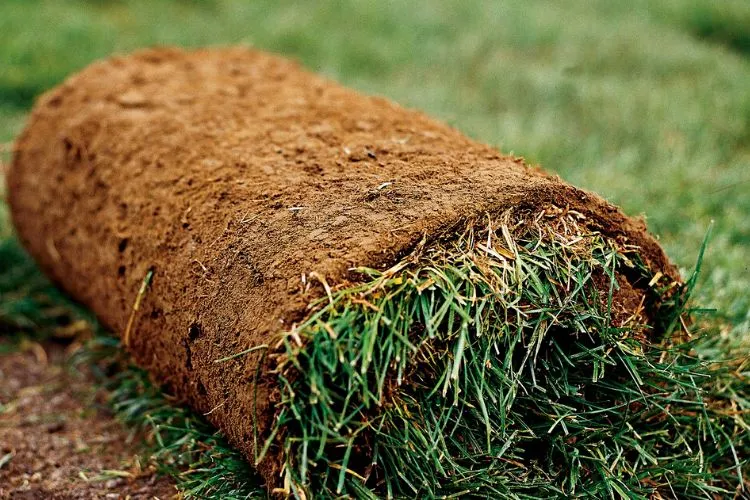
Will sod grow on sand?
After removing the slabs from the patio, one may find sand underneath. If you are in a similar situation, do not panic. You can plant sod over the sand if you change the soil structure. But before laying the sod, it’s essential to understand the sand type.
For instance, sod does not grow on coarse sandy soil as it does not hold water. The sod will dry out and perish quickly if planted in such soil. If you have such soil, mix it with compost to form the top layer so the sod can take root.
What is the best sod for sand?
Any type of sod can grow on sandy soil provided the soil can retain some water and is well fertilized. After germination, some grass varieties take time to grow and their spread rate is not high.
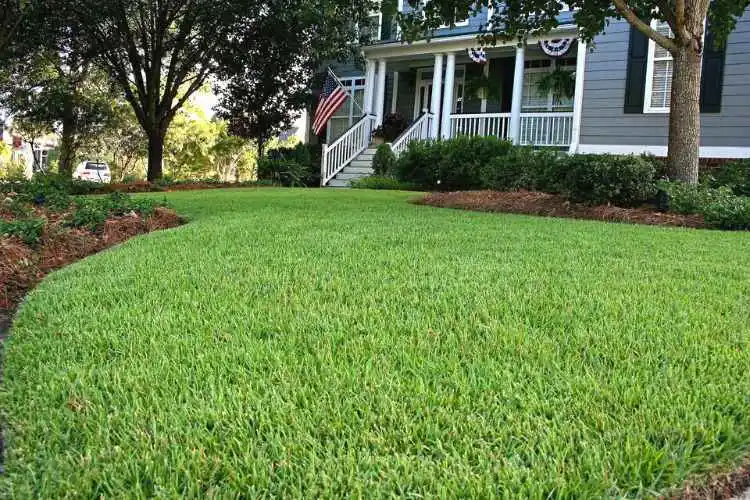
As long as one can restructure the soil quality by adding a layer of topsoil, growing sod is not challenging. The best sod to grow on sandy soil includes bahiagrass Bermuda grass and zoysia. Most of these turf grasses have long roots and absorb nutrients easily from the quick-draining soil.
How to grow sod on sand?
You can easily grow a fresh lawn by adding a layer of sod to your sand. To lay sod over sand, you need a rake a garden tiller, a lawn roller, and a turf cutter.

How do you prepare sandy soil for sod?
1. Amendments for Improving Sand for Sod Growth
Start by eliminating any weeds growing out in the yard. You can do this either by handpicking or spraying a glyphosate herbicide. Clear any debris like rocks, sticks, or other things that can affect the laying of the sod.
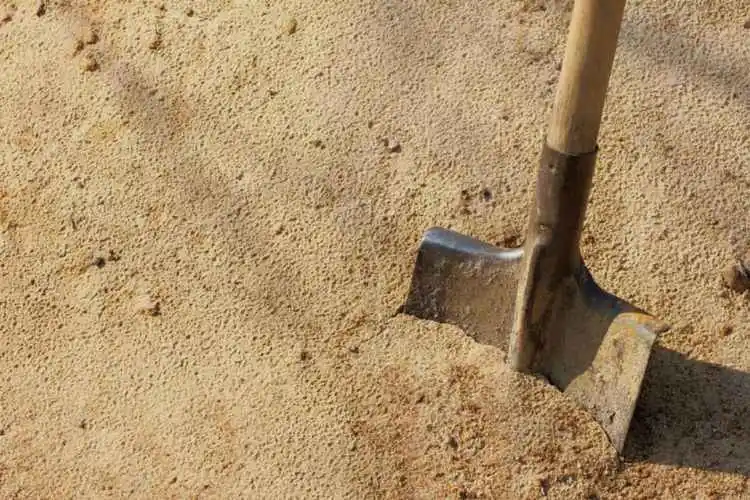
Conduct a soil test and add nutrients to the soil based on the results. Sandy soil often lacks nutrients and has a low water-retention capacity.
Mix the soil thoroughly with peat or other organic materials or topsoil using the tiller. Add a 2-inch cover of compost to improve the soil quality.
2. Methods for Improving Water Retention in Sand
As mentioned earlier, sandy soil has poor water retention capacity. Most sandy soil shares the same characteristics as beach soil and immediately loses water. Even when such soil is watered through a sprinkler system or heavy rain, the water seeps deep into the soil and away from the turf roots.
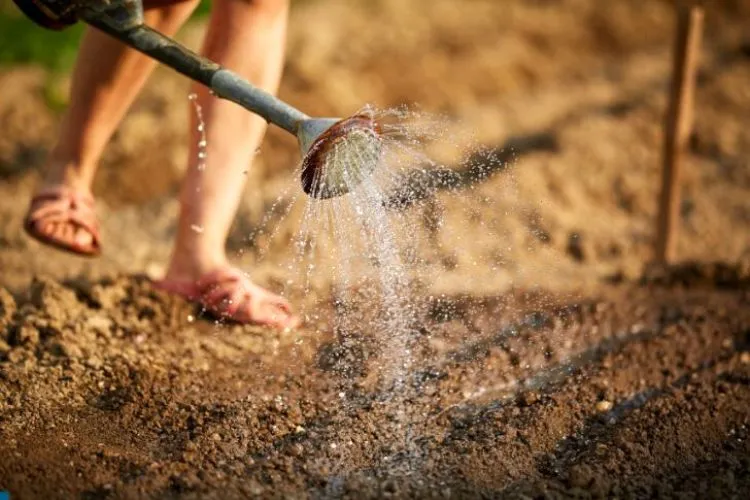
But thankfully you can enhance the water retention capacity of such soils by adding vermiculite, a popular mineral soil supplement. You can also add moss peat which holds a sufficient amount of water.
You can add either of the two into your topsoil and level the yard before installing the sod. If you have acidic soil it’s advisable to opt for vermiculite.
3. Preparing the Sand Bed for Sod Installation
Using a rake level the dirt. Also, break any dirt clumps that might have formed. Moisten the soil using the garden hose. Start spreading the grass from the edges and work it into the center. If you have to cover an area with a small price of turf cut out a small piece using a cutter. Press the sod layer firmly into the soil to create a uniform look.
Installing Sod on Sand
Before you begin laying the sod on your sandy soil, there are a few things to consider.
1. Choosing the Right Type of Sod
To ensure your sod grows perfectly on the sandy soil, you will first have to identify the ideal sod. You need to select turfs that have long roots allowing them to absorb water and nutrients more effectively from quick-draining sandy soil.
2. Proper Sod Installation Techniques
To prepare the soil, rake it well and loosen all dirt clumps. Eliminate any existing debris to ensure the topsoil is smooth. Add a fine water mist to dampen the soil and start rating the sod from the corners. Press down the sod on the damp soil to ensure soil-to-soil contact.
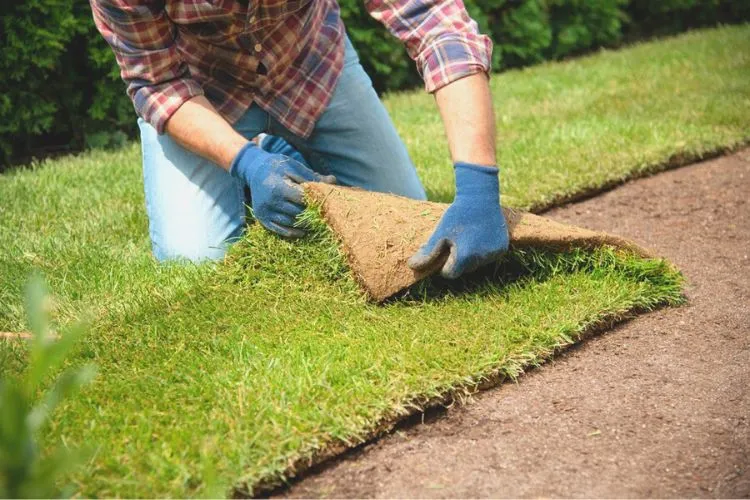
Keep laying the soil on the corners working your way in from outside. Make sure the outside edges of the separate sod pieces are clubbed together to create one continuous green blanket.
Water the sod layer to dampen the soil roots until the moisture flows through the roots and into the underlying soil. Check the soil wetness by lifting the edge of the sod piece. Continue following the watering regulation ideal for your sod type.
3. Maintenance of Sod on Sand
Ideally, it’s advisable to water the sod layer throughout the first week. It’s best to stay off the lawn during this time. The water keeps the soil moistened while the sod can take root. After a week, you can reduce the amount of watering but not drastically as sandy soil requires regular watering.
You May Also Find Useful: Sod is Turning Brown: How To Fix
frequently asked questions (fAQs)
Should I wet dirt before laying sod?
Yes, it’s necessary to wet the soil and make it manageable before laying the sod.
Should you tamp dirt before laying sod?
To ensure that the sod stays in the right place, tamp the sod at the edges with a vertical rake. Fill in the cracks with the topsoil than stretch it with sod.
Do I need to put topsoil down before sod?
Adding topsoil is essential for laying sod. The topsoil provides basic benefits like allowing the grass to take root by increasing the water retention capacity of the sandy soil. It also holds nutrients. Thus the topsoil increases the interval between watering a fertilizing. It’s best to add 2 inches of topsoil to the existing soil.
What is best to put under sod?
It’s best to put fertilized topsoil under the sod to ensure better growth, water, and nutrient retention. However, you can also add lawn fertilizer or lime depending on the soil’s pH level. Adding such things will make your soil healthy and ready to take in the new sod.
Conclusion:
As the article established, adding sod to your sandy soil is very easy. However, you need to change your soil structure to ensure that your sod can take proper roots.
